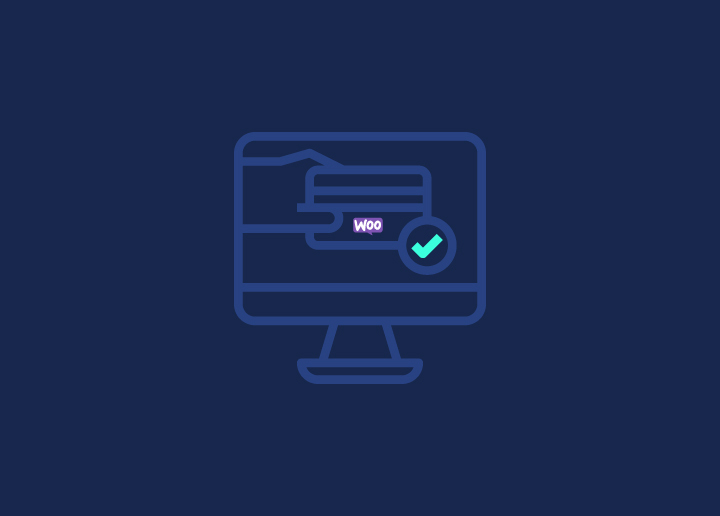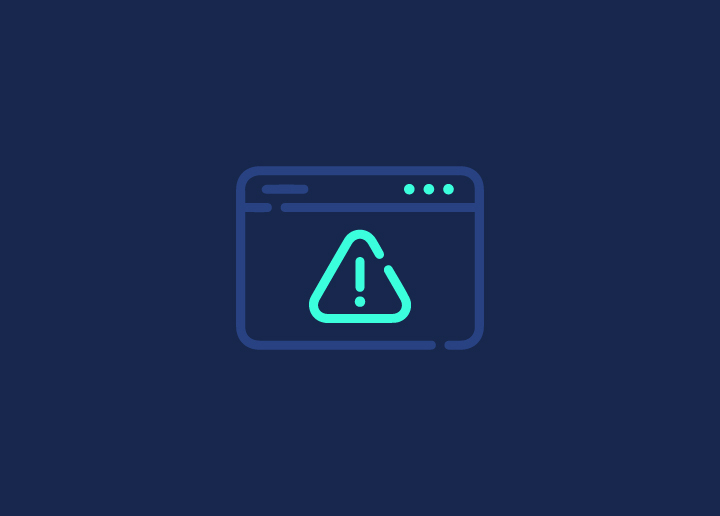A render-blocking resource is a web page element that prevents the browser from rendering the rest of the page until it has finished loading. This can be anything from an external JavaScript file to an image or even a piece of inline CSS.
Contents
ToggleHow to minimize the impact of render-blocking resources?
Render-blocking resources can make your web page seem slower to load and delay the display of content on the screen. In some cases, they can even cause pages to fail to load entirely.
There are several ways to optimize your website’s performance by minimizing the impact of render-blocking resources. One way is to inline small CSS and JavaScript files into your HTML code instead of referencing them externally. Another is to defer the loading of larger files until after the initial page load is complete.
With proper WordPress site optimization, you can ensure that your web pages load quickly and efficiently without sacrificing essential functionality or visual appeal.
How to fix render-blocking resources?
When optimizing your website, one of the critical things to keep in mind is render-blocking resources. Render-blocking resources prevent a web page from being displayed until it is fully loaded. This can include JavaScript and CSS files, as well as images.
So, how do you fix render-blocking resources? The first step is to identify which resources are causing the problem. You can do this by using Google PageSpeed Insights or another similar tool. Once you know which resources are causing the issue, you can begin optimizing them.
One way to optimize JavaScript and CSS files is to minify them. Minification helps to reduce the size of these files, which in turn helps to speed up loading times. You can also combine multiple JavaScript and CSS files into one single file. This also helps to reduce loading times.
Images can also be optimized to improve loading times. This can be done by reducing the file size of images and using a compression tool.
If you follow these steps, you should see a significant improvement in your website’s loading times. This will help to improve your overall user experience and could even lead to higher search engine rankings.
Conclusion
To improve your website’s performance, you need to be aware of render-blocking resources. By understanding what they are and how they work, you can ensure that your website is as efficient as possible. Keep these tips in mind, and you’ll be well on your way to a faster website.
















